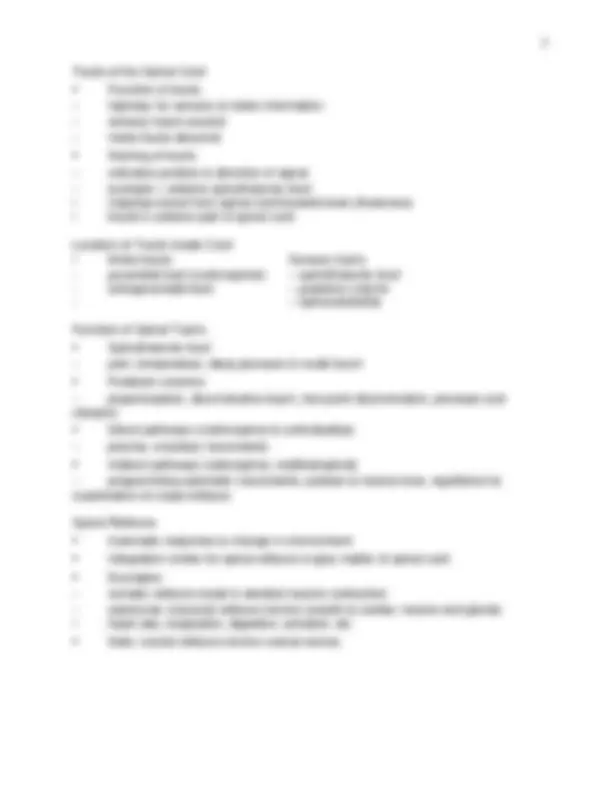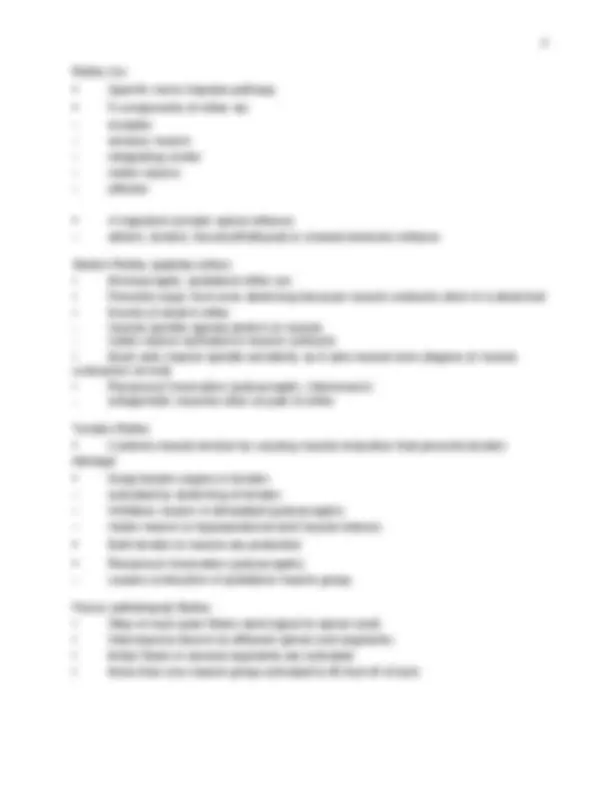





Study with the several resources on Docsity

Earn points by helping other students or get them with a premium plan


Prepare for your exams
Study with the several resources on Docsity

Earn points to download
Earn points by helping other students or get them with a premium plan
Community
Ask the community for help and clear up your study doubts
Discover the best universities in your country according to Docsity users
Free resources
Download our free guides on studying techniques, anxiety management strategies, and thesis advice from Docsity tutors
An in-depth exploration of the structure, functions, and clinical correlations of the spinal cord and spinal nerves. Topics include the spinal cord's relationship to the brain, its protective coverings, the inferior end of the spinal cord, the gray and white matter, tracts, reflexes, and clinical considerations. Additionally, the document covers spinal nerves, their branching, and associated nerve plexuses.
Typology: Study notes
1 / 7

This page cannot be seen from the preview
Don't miss anything!




Chapter 13 The Spinal Cord & Spinal Nerves Objectives:
Inferior End of Spinal Cord
Gray Matter of the Spinal Cord
White Matter of the Spinal Cord
Reflex Arc
Stretch Reflex (patellar reflex)
contraction at rest)
damage
Flexor (withdrawal) Reflex
Crossed Extensor Reflex
weight
Clinical Considerations
sign (upward fanning of toes due to incomplete myelination in child) Spinal Nerves
A Nerve Plexus
Sacral Plexus
Dermatomes & Myotomes
Dermatomes
over a dermatome region
nerves.
or respiratory arrest